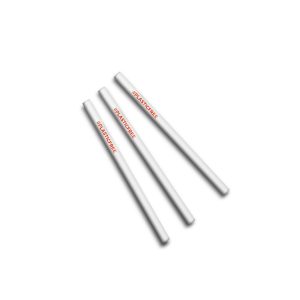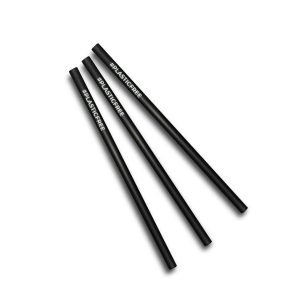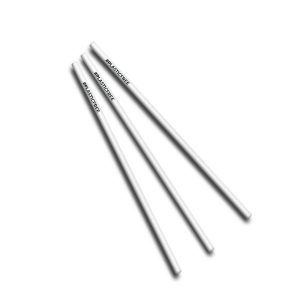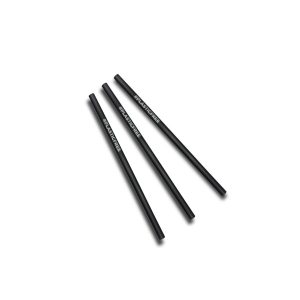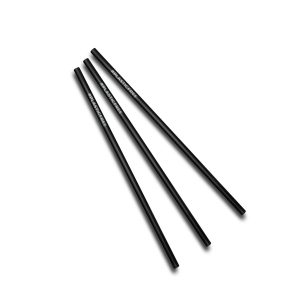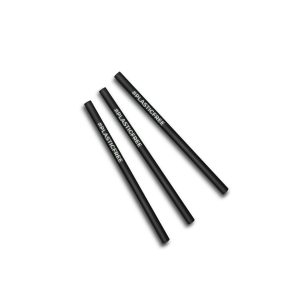PLA Cornstarch Explained
Plastic has been dominating food packaging for decades; from soft drink bottles and cups to takeaway containers and carrier bags. It’s cheap, strong, and flexible. However, it’s also made from unsustainable resources and causes huge toxic damage to the environment.
PLA (Polylactic Acid) is a type of bioplastic with a natural base material, typically produced from corn. It’s performance is similar to conventional plastics such as PS yet it has the big advantage of being able to degrade to nontoxic substances without creating microplastic particles. This has enormous environmental benefits.
In it’s purest form, it’s strong and sturdy. It can also be mixed with other bioplastics to make more flexible products such as straws or bags.
FAQ’s
Certifications
Our PLA cornstarch material holds many certifications for food safety and composability.
- EN13432 certified; the EU standard for compostable plastics which must disintegrate within 12 weeks, and completely biodegrade within six months, in a composting facility.
- Resins and finished products are rigorously tested and independently certified as 100% compostable.
- Tested to be free of plasticizers, BPA, and phthalates.

